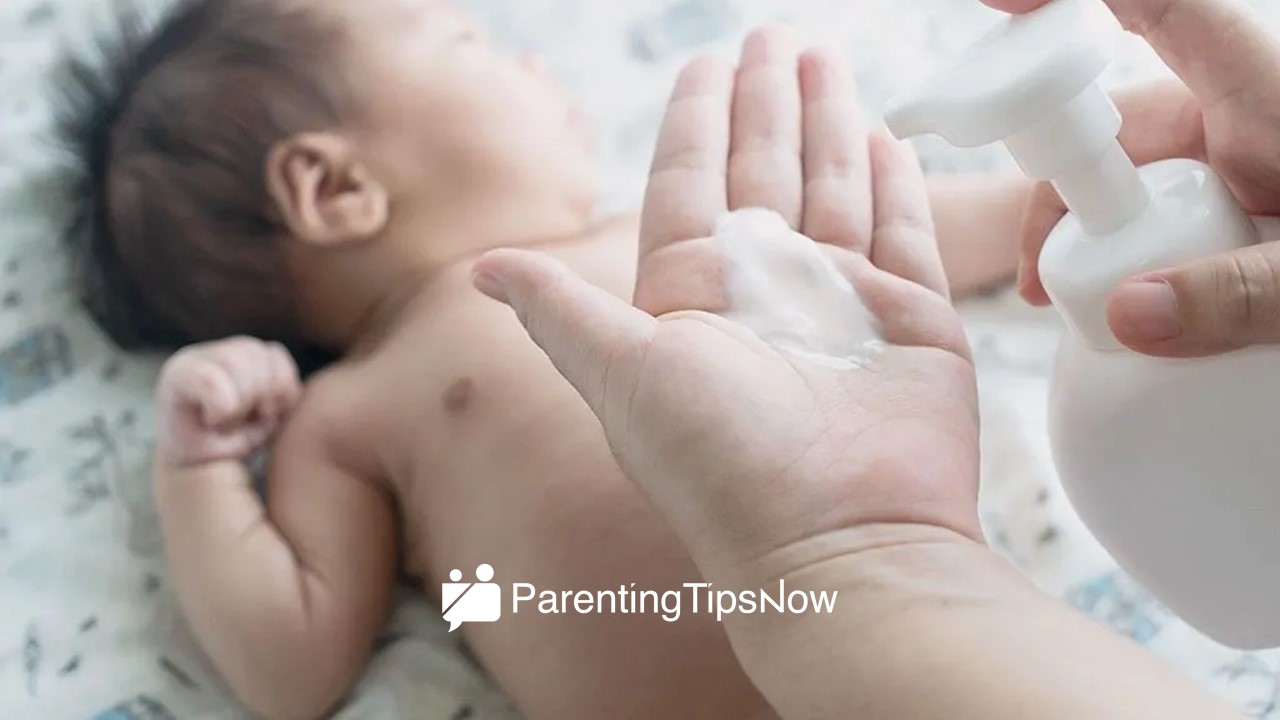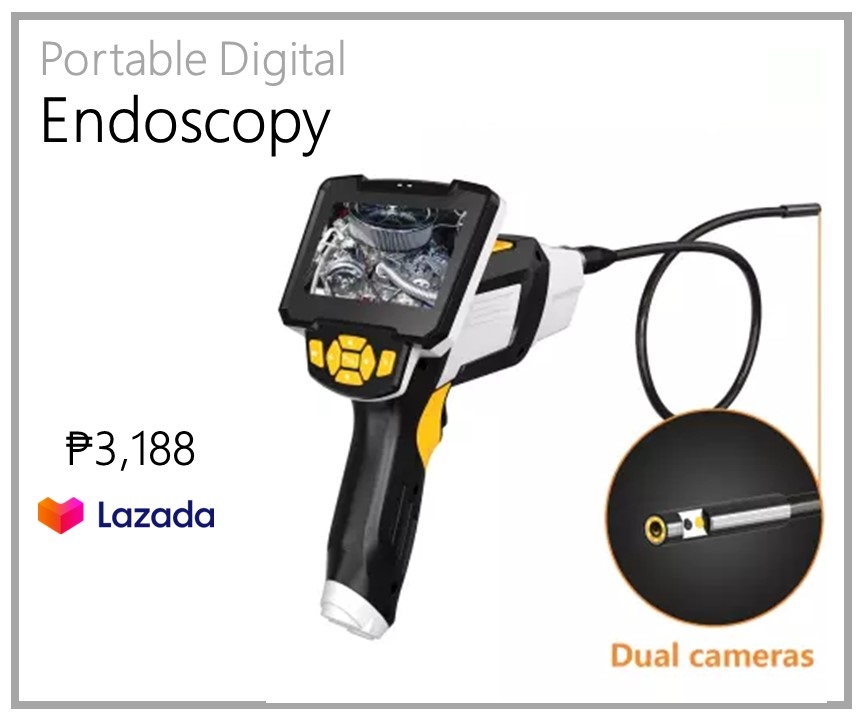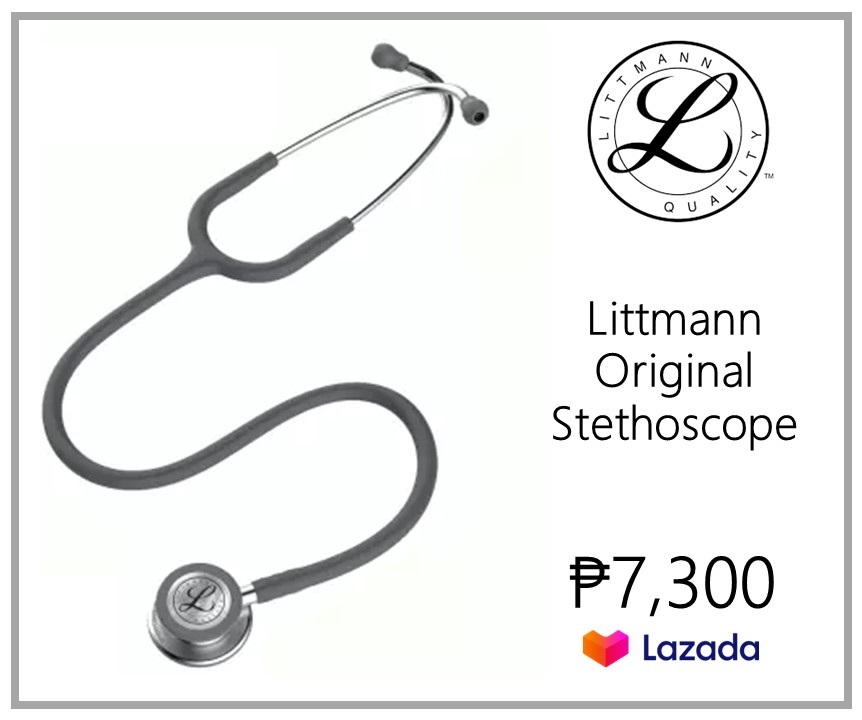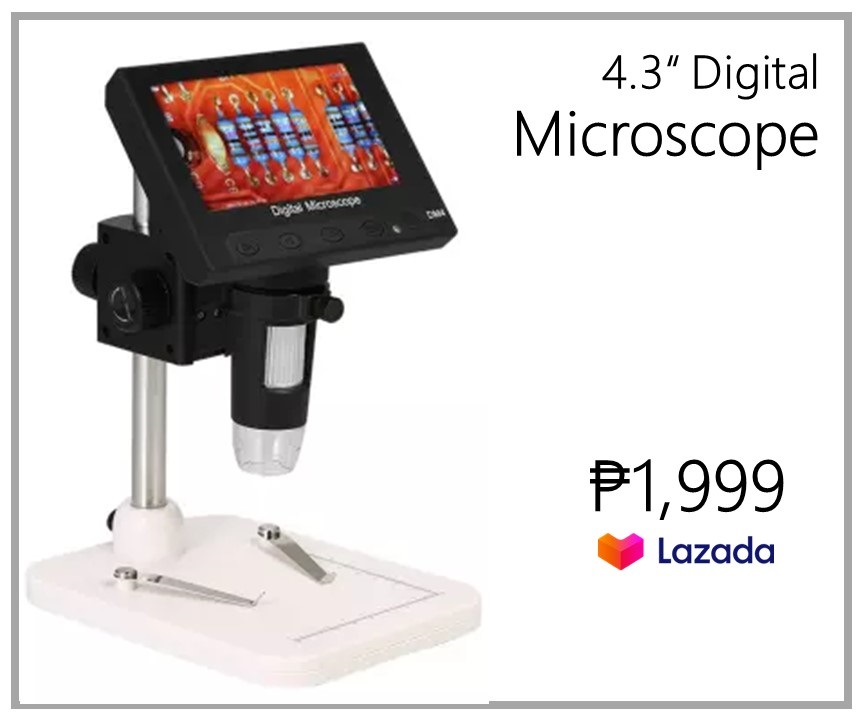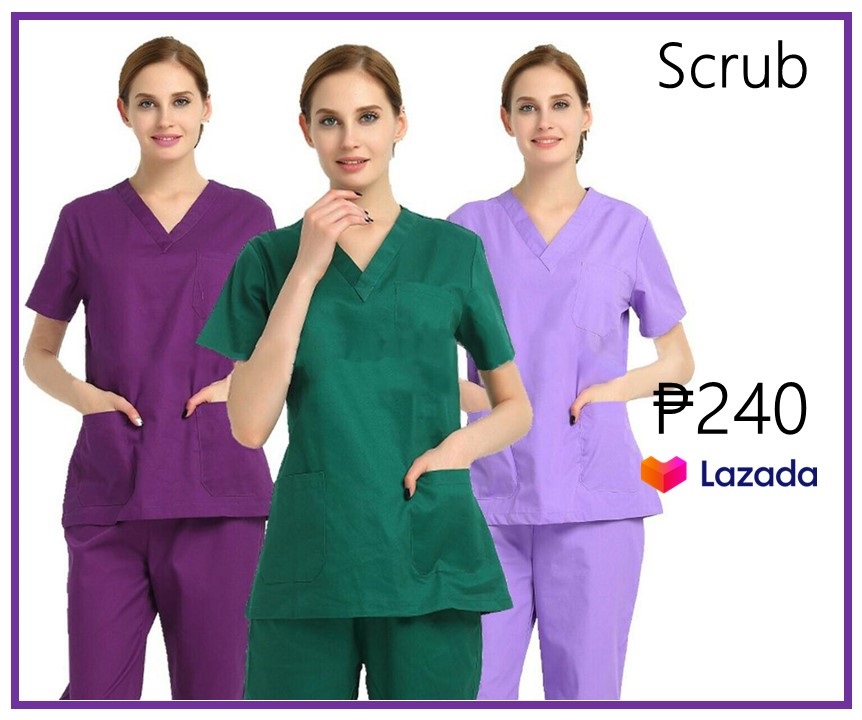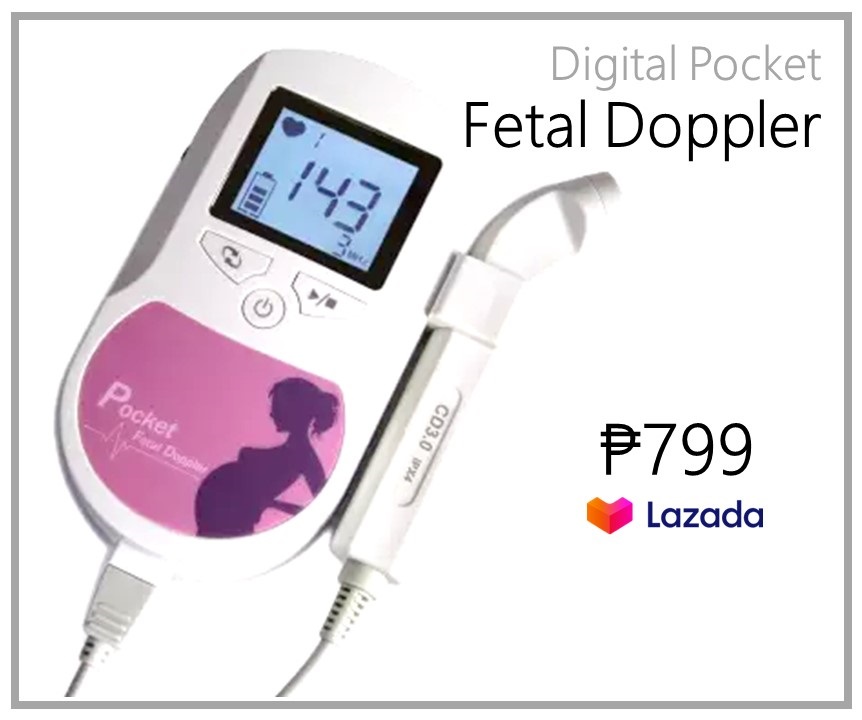Table of Contents
ToggleAs Filipino parents, we always strive to provide the best care for our little ones, especially when it comes to their delicate skin. Baby lotions are a staple in every parent’s arsenal for keeping their baby’s skin soft and nourished. However, not all baby lotions in the Philippines are created equal, and it’s crucial to be mindful of the ingredients used in these products. In the Philippines, where the tropical climate can pose specific challenges to sensitive baby skin, knowing which ingredients to avoid in baby lotions is essential for ensuring your little one’s skin stays healthy and protected. Let’s delve into the world of baby skincare and uncover the six ingredients that you should steer clear of when choosing a lotion for your precious bundle of joy.
The Price Range of Baby Lotions in the Philippines: How Much?
When it comes to the price range of baby lotions in the Philippines, there is a wide variety to consider. Basic baby lotions can be found for as low as 100 PHP ($2) per bottle, catering to budget-conscious parents. On the other end of the spectrum, premium organic or hypoallergenic brands can cost upwards of 500 PHP ($10) or more. The mid-range options typically fall between 200-300 PHP ($4-$6), offering a balance between quality and affordability.
Interestingly, the price of a baby lotion doesn’t always equate with its safety or effectiveness. Some lower-priced products may still contain harmful ingredients, while some pricier options aren’t necessarily superior in terms of nourishing and protecting your baby’s delicate skin. It’s essential for parents to not only consider the cost but also carefully check the ingredient list before making a purchase decision. By being informed about what goes into these products, parents can ensure they are choosing a lotion that will truly benefit their little one’s skin health without breaking the bank.

Where Can You Buy Baby Lotions in the Philippines? Online and Retail Stores
When it comes to purchasing baby lotions in the Philippines, parents have a myriad of options to choose from both online and in retail stores. Online platforms such as Lazada, Shopee, and Zalora offer convenience and a wide range of brands to select from at the click of a button. These digital marketplaces provide the flexibility for busy parents to browse through various products, read reviews, and make informed decisions without leaving their homes.
On the other hand, if you prefer a hands-on approach or want to sample products before making a purchase, retail stores like Watsons, SM Baby Section, and Mercury Drug are excellent choices for buying baby lotions in physical locations across the country. With a knowledgeable staff ready to assist customers in finding suitable products tailored to their needs, these brick-and-mortar stores offer a personalized shopping experience that some may find invaluable when selecting skincare items for their babies. Whether you opt for online shopping or enjoy perusing store aisles, the Philippines provides ample options for purchasing safe and effective baby lotions while prioritizing your child’s well-being.
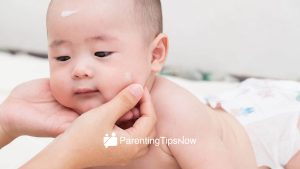
What are the Bad Ingredients to Avoid in Baby Lotions in the Philippines? Introduction
One harmful ingredient commonly found in baby lotions in the Philippines is parabens. These synthetic preservatives have been linked to hormone disruption and may even mimic estrogen in the body, potentially leading to developmental issues in infants. Another concerning ingredient is phthalates, which are often used as fragrance carriers and have been associated with asthma, allergies, and reproductive problems.
Moreover, mineral oil is a common additive in baby lotions that can actually hinder the skin’s ability to breathe and absorb moisture properly. This can create a barrier on the skin that traps bacteria and toxins, leading to potential irritation or sensitivity. As parents seek the best products for their little ones, it’s crucial to be vigilant about reading labels and avoiding these harmful ingredients when choosing a baby lotion for delicate Filipino skin.
Here are 6 ingredients to avoid in baby lotions in the Philippines:
1. Bad Ingredients in Baby Lotions: Parabens
Parabens are a common preservative found in many baby lotions, but they come with potential risks that shouldn’t be ignored. Studies have linked parabens to hormone disruption and possible developmental issues, raising concerns about their safety for babies’ delicate skin. Despite their ability to extend the shelf life of skincare products, the negative effects of parabens outweigh any perceived benefits when it comes to your little one’s well-being.
When searching for the best baby lotions in the Philippines, it’s crucial to prioritize paraben-free options to avoid unnecessary exposure to harmful chemicals. Opting for natural and organic alternatives can provide peace of mind, knowing that you’re not compromising your baby’s health in the name of skincare. By being mindful of ingredient labels and steering clear of parabens, parents can make informed choices that contribute to a safer and healthier environment for their precious little ones.
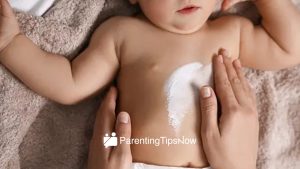
2. Bad Ingredients in Baby Lotions: Phthalates
One of the most concerning ingredients to avoid in baby lotions in the Philippines is phthalates. Phthalates are a group of chemicals used to soften and increase the flexibility of plastics, but they can also be found in personal care products like lotions. Research has linked phthalate exposure to various health issues, including disruptions in hormone levels and potential impacts on reproductive development.
What makes phthalates particularly worrisome is their ability to penetrate the skin easily, leading to possible long-term health risks for infants and children. Despite efforts by regulatory bodies to limit the use of certain types of phthalates in children’s products, it’s crucial for parents to remain vigilant when choosing baby lotions. Opting for phthalate-free alternatives can help safeguard your little one from unnecessary exposure to harmful chemicals and promote a healthier skincare routine right from the start.

3. Bad Ingredients in Baby Lotions: Fragrance
Fragrance, a common ingredient in baby lotions, may seem harmless and pleasant at first glance. However, the reality is quite different. The term fragrance on product labels can actually encompass a mix of various undisclosed chemicals that can potentially irritate a baby’s delicate skin. These synthetic fragrances often contain phthalates, known endocrine disruptors linked to reproductive issues and developmental problems.
What’s more concerning is that fragrance can trigger allergic reactions in babies with sensitive skin, leading to redness, itching, and rashes. Despite their appealing scents, these artificial fragrances offer no real benefits and pose unnecessary risks to your little one’s skin health. Opting for unscented or naturally fragranced baby lotions in the Philippines can be a safer choice to avoid the potential harm caused by undisclosed chemicals hidden behind the generic term fragrance.

4. Bad Ingredients in Baby Lotions: Sulfates
Sulfates, commonly found in baby lotions in the Philippines, can be a cause for concern when it comes to your little one’s delicate skin. These harsh cleansing agents are known to strip away natural oils, leading to dryness and irritation. In babies with sensitive skin, sulfates may exacerbate conditions like eczema or dermatitis, making them unsuitable for regular use in their skincare routine.
When looking for the best products for your baby, it’s crucial to opt for sulfate-free alternatives to ensure their skin remains healthy and nourished. By avoiding these harmful ingredients in baby lotions, you can provide gentle care without compromising on effectiveness. Choosing natural and organic options can help protect your little one’s delicate skin while safeguarding them from potential irritants found in traditional skincare products.

5. Bad Ingredients in Baby Lotions: Talc
Talc, a common ingredient in many baby lotions, has come under scrutiny for its potential health risks. Talc is known to contain asbestos, a known carcinogen that can be harmful when inhaled or absorbed through the skin. Studies have linked talc exposure to respiratory issues and even an increased risk of certain types of cancer.
The use of talc in baby lotions in the Philippines is particularly concerning, given how delicate a baby’s skin is. Babies have thinner and more sensitive skin than adults, making them more vulnerable to the harmful effects of talc. Parents should be diligent about checking ingredient labels on baby products to ensure they are free from talc and other potentially harmful substances. Choosing talc-free alternatives can help protect your baby’s delicate skin and overall health.

6. Bad Ingredients in Baby Lotions: Alcohol
Alcohol in baby lotions is a concerning ingredient that often goes unnoticed by parents. While alcohol is commonly used in skincare products for its fast-drying properties, it can be harsh and drying on delicate baby skin. This ingredient has the potential to strip the skin of its natural moisture, leading to dryness, irritation, and increased sensitivity.
For parents looking to provide the best care for their little ones’ soft skin, avoiding alcohol in baby lotions in the Philippines is crucial. Opting for alcohol-free formulations can help maintain the delicate balance of moisture and protection that young skin needs. By being vigilant about ingredients like alcohol in baby lotions, parents can ensure gentle and nourishing care for their babies’ sensitive skin.

How to Choose the Right Baby Lotions in the Philippines
When it comes to choosing the right baby lotion in the Philippines, there are key factors that parents should consider for their little one’s delicate skin. Firstly, opt for lotions that are free from harsh chemicals like parabens, sulfates, and phthalates. These ingredients can cause irritation and have harmful effects on a baby’s skin over time.
Additionally, choose baby lotions in the Philippines that contain natural ingredients such as aloe vera, coconut oil, and shea butter. These ingredients are gentle and nourishing for sensitive skin, providing hydration without any potential side effects. Look out for products specifically formulated for babies with sensitive skin or conditions like eczema to ensure the lotion is gentle yet effective in soothing any irritations or dryness. Making an informed choice based on these factors will help keep your baby’s skin soft, healthy, and protected in the tropical climate of the Philippines.
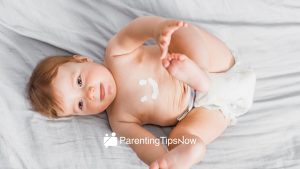
The Importance of Choosing the Appropriate Baby Lotions in the Philippines
When it comes to selecting the right baby lotion in the Philippines, factors like the baby’s sensitive skin and local climate play a crucial role. Parents often overlook the importance of checking the ingredients list, but many commercial lotions may contain harmful chemicals that can irritate or even harm your baby’s delicate skin. In a tropical country like the Philippines, where humidity levels are high, choosing a lightweight, non-greasy formula becomes imperative to prevent clogged pores and heat rashes.
Opting for natural or organic baby lotions in the Philippines can be a safer choice as they typically contain fewer synthetic chemicals and more nourishing ingredients that are gentle on your little one’s skin. The market is flooded with various options, but being mindful of certain harmful ingredients, such as parabens, phthalates, and artificial fragrances, can make all the difference in protecting your baby from potential allergens or toxins. Therefore, taking the time to research and select an appropriate baby lotion tailored to your child’s specific needs will not only benefit their skin health but also give you peace of mind, knowing that you’re making a safe choice for your precious little one.
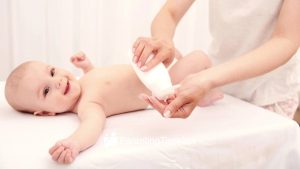
What Ingredients to Look for in Baby Lotions in the Philippines
When searching for the perfect baby lotion in the Philippines, it’s essential to prioritize ingredients that are gentle yet effective. Look for products containing natural ingredients like coconut oil, shea butter, and chamomile extract. These soothing components help nourish and hydrate your baby’s delicate skin without causing irritation or allergic reactions.
Additionally, opt for lotions formulated with hypoallergenic properties to minimize the risk of any adverse reactions. Avoid products with harsh chemicals such as parabens, phthalates, and sulfates that can potentially harm your child’s skin over time. By choosing baby lotions in the Philippines with safe and beneficial ingredients, you can ensure your little one receives the best care while keeping their skin soft, smooth, and healthy in the humid climate of the Philippines.

Tips for Applying Baby Lotions Correctly
When applying baby lotions, it’s essential to use a gentle touch and massage them into your baby’s skin in soft, circular motions. Remember to start with a small amount and gradually add more if needed, focusing on areas prone to dryness, like elbows and knees. Pay attention to the ingredients in the lotion to ensure they are safe for your baby’s delicate skin. It’s also crucial to choose a lotion that is specifically formulated for babies to avoid any potential irritations or allergies.
Proper application of baby lotions in the Philippines can not only keep your little one’s skin moisturized but also create a bonding experience during daily routines. Take the time to apply lotion after spending time in a bathtub when the skin is clean and slightly damp—it helps in better absorption and locks in moisture. Additionally, opt for lotions with natural ingredients like shea butter or coconut oil, as these can provide nourishing benefits without harmful chemicals. By following these tips, you can promote healthy skin while enjoying nurturing moments with your precious bundle of joy.
Safety Precautions and Allergies
As a parent, ensuring the safety of your child is paramount, especially when it comes to skincare products. One crucial aspect to consider is potential allergens that could trigger reactions in your little one. Common allergens found in baby lotions in the Philippines include fragrances, preservatives, and certain oils. These ingredients can cause irritations, rashes, or even more severe allergic reactions in sensitive individuals.
To avoid these risks, always carefully read the label of any skincare product before applying it to your baby’s delicate skin. Opt for fragrance-free and hypoallergenic options to minimize the chances of an adverse reaction. Additionally, conducting patch tests on a small area of skin can help identify any potential allergies before the widespread use of a new product. By taking these safety precautions seriously and being vigilant about allergens in baby lotions, you can better protect your child’s skin health and overall well-being.
Baby Lotions vs. Baby Creams: What’s the Difference?
When it comes to caring for your baby’s delicate skin, the choice between baby lotions in the Philippines and baby creams can often leave parents feeling puzzled. While both products are designed to provide moisture and nourishment, the key difference lies in their formulation. Baby lotions are typically lighter in texture and easier to spread, making them ideal for daily use or warmer weather. On the other hand, baby creams have a thicker consistency that offers longer-lasting hydration and protection, making them more suitable for dry or sensitive skin.
In the Philippines, where the weather can be humid and unpredictable, understanding the differences between baby lotions and creams becomes even more crucial. The choice between these two products can greatly impact your little one’s skin health and comfort. By knowing when to use each product based on your baby’s specific needs, you can ensure that their delicate skin remains soft, healthy, and well-protected against environmental stressors in this tropical climate.
Parting Thoughts: Ingredients to Avoid in Baby Lotions in the Philippines
As Pinoy parents, ensuring the safety and well-being of our little ones is a top priority. When it comes to choosing baby lotions in the Philippines, being vigilant about avoiding harmful ingredients is essential. Ingredients like parabens, phthalates, and mineral oil may seem harmless at first glance but have been linked to potential health risks for babies.
Opting for natural alternatives and organic options can provide a safer choice for your baby’s delicate skin. Look for products that are free from artificial fragrances, colors, and preservatives to minimize the risk of irritation or allergic reactions. By being mindful of the ingredients in baby lotions, we can create a nurturing environment for our little ones’ skin while promoting their overall health and well-being.


